
Russia's automotive sector has collapsed following the imposition of sanctions that cut it off from essential parts imported from Europe. Iran has been under sanctions for years and is now stepping in to help Russia revive its stalled car production. / bne IntelliNews
By bne IntelliNews August 22, 2022
Russia is turning to Iran to help rescue its car industry. Extreme sanctions imposed on Russia in March have seen its car production come to a screeching halt as essential imported parts are now unavailable. Iran has been under sanctions for decades, but has managed to develop a large automotive sector that caters to its domestic demand, and it is only too happy to help.
Russia’s war has seen hundreds of foreign companies leave the country, but no sector has been harder hit than the automotive. AvtoVaz, maker of the Lada, has seen its production come to a virtual standstill as the company, formerly run by Renault until its exit last month, set up a “spoke and wheel” model that means most of the more sophisticated parts were imported from Western Europe. Those imports have stopped now and the company has few alternative options to replace them.
Sixteen European car manufacturers (including four of the top 10 by market share) sold close to half a million units of Russia’s total sales of 1.67mn in 2021, making the country the eight-largest car market in the world in terms of global sales volumes, and Russia accounted for a fifth (18%) of market leader Renault’s total sales worldwide. Now overnight, almost all those foreign firms have packed their bags and left. Car sales were down by 84% in May and production has come to a virtual standstill, with only 3,000 cars produced in June, according to reports.
Iran has always been on Moscow’s radar as a possible ally in a showdown with the West. Russia has been preparing for economic warfare since at least 2014, when the sanctions regime was first introduced with the creation of the International North South Transport Corridor (INSTC). This long land and sea corridor traverses southern Russia, through the Caspian Sea to Iran and across the vast Iranian plateau to connect with the port of Chabahar and the Persian Gulf. This southern route was often seen as a back-up for Russia if its Western trade routes were cut off.
When they came the sanctions were more extreme than anything the Kremlin was expecting. They have been made worse by “self-sanctioning”, as companies in sectors that have not been sanctioned, including automotive, pulled out anyway for reputational reasons. The Putin administration has been forced to work extra quickly to help revive its faltering economy. As bne IntelliNews reported, sanctions remained a largely Western affair, with most of the rest of the world sitting on the fence, refusing to impose sanctions themselves and maintaining trade ties, even if they are not actively supporting Moscow.
Iran, China and a slew of other secondary countries have said they would pick up the slack where Western firms departed from. China has already seen exports to Russia recover and is Moscow’s biggest trade partner; Iranian brands are largely unknown in Russia, but Iran’s expertise in operating under sanctions has caught Russia’s attention. In particular, the Russians were surprised to see how quickly Iranian car manufacturers were able to reverse engineer parts from Peugeot, Citroen and Renault for their own auto part markets.
Iranian forays into Russia’s auto market
In recent weeks there has been growing talk of the carmaker Iran Khodro Company, branded as IKCO, and its rival SAIPA, as well as a raft of smaller players, once again sending their models to the Russian market, suitably adapted to the colder climes of Moscow.
Iran Khodro and SAIPA have previously exported their vehicles to northern markets, but with varying degrees of success. According to data from Russia’s Autostat agency, as of July 1, 2022, there were 10,400 Iran Khodro cars in Russia, which are represented by the Samand model (class C sedan), produced in 2006-2008. However, that is a tiny number when set against the circa 100,000 car sales a month in Russia pre-war.
The Samand is set to be discontinued in the Iranian market, as it has been on the production line for over two decades, but sanctions on Iran have forced the carmaker to keep producing the old stock due to a lack of research and investment into new models and the absence of outside support.
A third (34%) of Iranian cars are registered in Russia’s Central Federal District (3,500 units). Another 26% in the Volga (2,700 units) and 18% in the Urals (1,900). Accordingly, these three districts account for 78% of Iran Khodro cars located in Russia, according to Avto Novostidnya.
Russians tend to keep their cars for longer than in western Europe, as bne IntelliNews reported in a deep dive into car ownership and age, but the car market is one of the most vibrant of those in the Former Soviet Union (FSU), supported by a large domestic industry, albeit almost exclusively run by international companies until recently. That means the longevity of the Samand bodes well for the engineers of IKCO in Tehran, who were often criticised for not making sure their models were suitable for the colder climes.
Now with new Iranian models on the verge of launching, in part due to the cannibalisation of Peugeot’s pre-sanctions joint venture with IKCO, and Iran’s penchant for ignoring intellectual property rights because of sanctions – a policy Russia has now adopted through laws allowing for parallel imports – a tie-up between the Iranian and Russian automotive sectors is an obvious move: a partnership with AvtoVaz is on the horizon to keep both domestically produced players on the roads. Representatives of 21 Iranian companies are set to showcase over 99 automobile parts and equipment at the MIMS Automobility Moscow 2022, which is due to be held on August 22-25.
According to Iranian automotive professional Amir-Abbas Farnoudi, since the Russian auto industry has been sanctioned by the West, this exhibition is “a great opportunity for Iranian auto part manufacturers to introduce their capacities and capabilities to the Russian market”, IRIB reported.
Farnoudi added that the main goal of attending the exhibition is to form long-term co-operation with Russian car and auto part manufacturers, adding: “Companies were selected to participate in this exhibition that have the necessary technology for producing auto parts or to offer up-to-date technical engineering services so that they can operate directly in the Russian market.” According to Farnoudi, IKCO has also showcased one of the latest automobiles manufactured by the company called Tara in this exhibition in order to test the taste of Russian consumers.
“Iran Khodro's goal to re-enter the Russian market is completely strategic and planned,” he said.
“Russia is the fifth-largest car consumption market in the world and is one of the most attractive markets, with complexity and intense competition in the region. For this reason, for the last two years, studies, planning and negotiations have been carried out for Iran Khodro to re-enter this market. And we are in the process of reaching good agreements, which will be announced as soon as the results are obtained,” Farnoudi added.
New models
Iran Khodro is placing its bets on the first Iranian-made crossover. Named the Rira, it is based on a Peugeot 2008, Asbe Bokhar reported on June 28. The car is reminiscent of Russia's own classic Lada Riva, made in Soviet times, that was a rip-off of the Fiat 124 born out of a joint venture between the Soviet Union and Fiat signed in 1966. A giant new factory was built at Togliatti, named in honour of the chairman of the Italian Communist Party at the time, Palmiro Togliatti. This is the same factory that was taken over by Renault which was sold back to the Russian state for one ruble in April.
The development of Iran’s Rira model has been stymied by US sanctions imposed on the Islamic Republic over Tehran’s nuclear programme. The US placed specific automotive sanctions on the country in 2018 as part of former US president Donald Trump’s so-called maximum pressure campaign. Iran Khodro partner PSA Group pulled out of Iran under sanctions pressure, following its merger with other companies including US automakers to create automotive giant Stellantis.
The Rira is equipped with an EF7 Plus turbocharged engine, or TC7 Plus. The 1.7-litre 16-valve turbocharged four-cylinder engine is capable of producing 160 horsepower at 5,000 rpm and 240 Nm of torque at 1,600 to 4,500 rpm. Iran Khodro’s head of development and manufacturing Kianoush Pourmojib said the company would start mass production of the Rira before September 2023.
Like Iran Khodro, AvtoVaz’s production is also based on Renault’s technology, making the tie up between the two countries even more appealing, and the co-operation is not all one-way. AvtoVaz is now offering Renault engine parts to Iran Khodro’s biggest rival, SAIPA. Iran’s second-largest car producer SAIPA Corp. has agreed to purchase Lada engine blocks from Russia’s largest carmaker AvtoVaz to restart production of a Renault model, Mag Auto reported on August 16.
As part of the announced deal, the SAIPA-produced Renault Logan, a rebadged car known as the L90 Tondar, will be made with a Lada Largus engine. The Lada Largus is also essentially rebadged, sold as a version of the Renault-developed first-generation Dacia Logan MCV.
Renault officially departed Iran following the re-imposition of sanctions on the country by the US Trump administration in 2018. The company no longer featured in the supply chain from the following year. SAIPA is considering several options for the engine of its locally made Logan. These are 1.6-litre engines with capacities of 90 and 106 horsepower, while there is also a 122-horsepower, 1.8-litre engine version.
Chinese-Iranian JVs could come to Russia
The Iranian deals are part of a larger push by Russia to revive its auto industry with help from its friends. Iran’s long history of Chinese automotive manufacturing joint ventures is also of interest to the Russians, who have also turned to the increasingly sophisticated Chinese automotive producers for help.
China has already set up two car plants in Russia, and Chinese car manufacturer Chery is in talks with Russian manufacturers about producing more cars in Russian plants, Tass reported last week. Chery already sold 40,874 cars in Russian in 2021, according to Association of European Business, but says that now it needs to localise production of parts in Russia if output is to expand.
Russia has also approached Chinese companies for help re-launching the historic “Moskvitch” brand at the AvtoVaz factory in Togliatti that was supposed to be based on technology supplied by Russia’s famous truck-maker Kamaz. However, the US has also sanctioned Kamaz and according to bne IntelliNews industry sources, no progress has been made on the widely reported project. No CEO has been appointed and a chief designer has also yet to be hired.
China, despite having generally unheard-of brands to many western buyers, has more than 200 car manufacturers producing every type of car imaginable and its share of the Russian market is bound to expand rapidly as it steps into the shoes of the departed foreign brands.
In recent years, Chinese car producers have also set up in Iran, like the case of Chery, which created a $370mn plant in Babol in northern Iran. It remains to be seen if the Chinese will use their Iranian base of operations to export cars to Russia, but co-operation between the three countries is now on a set upward trajectory at the expense of foreign luxury marques missing out on the Russian market.

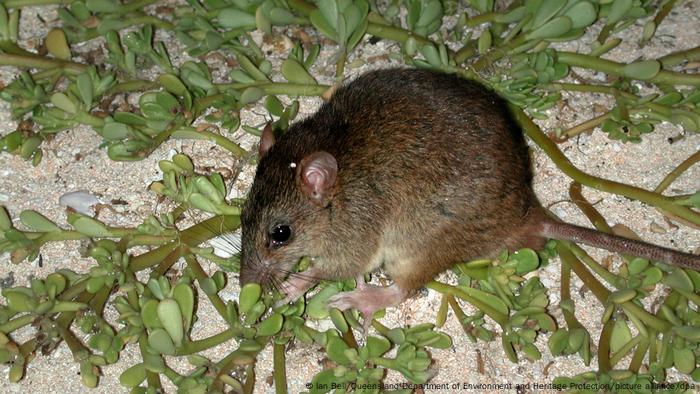
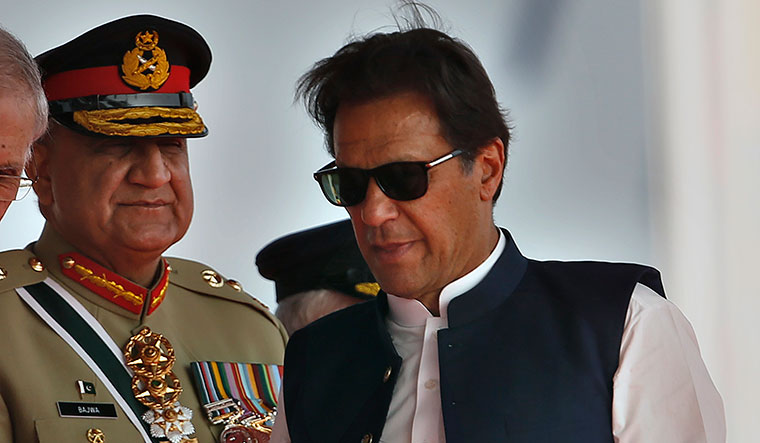
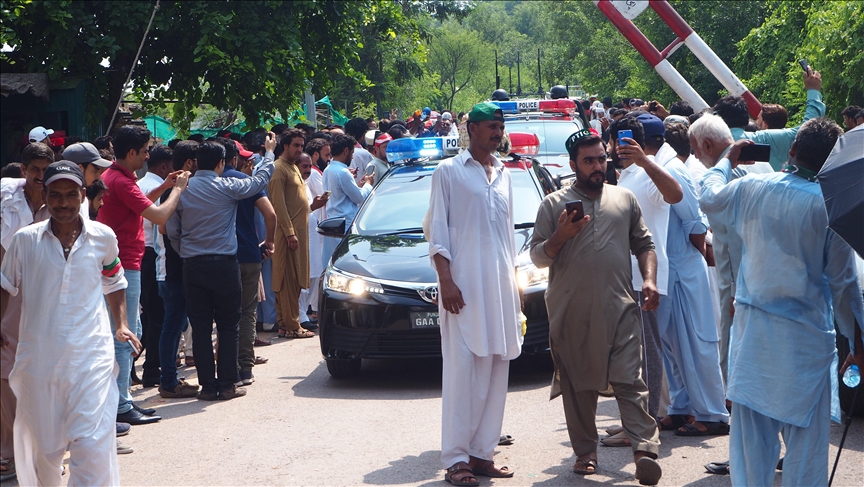
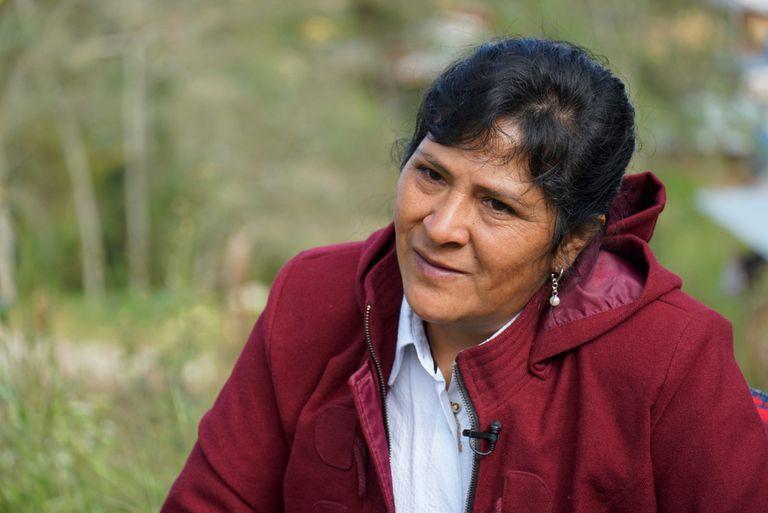


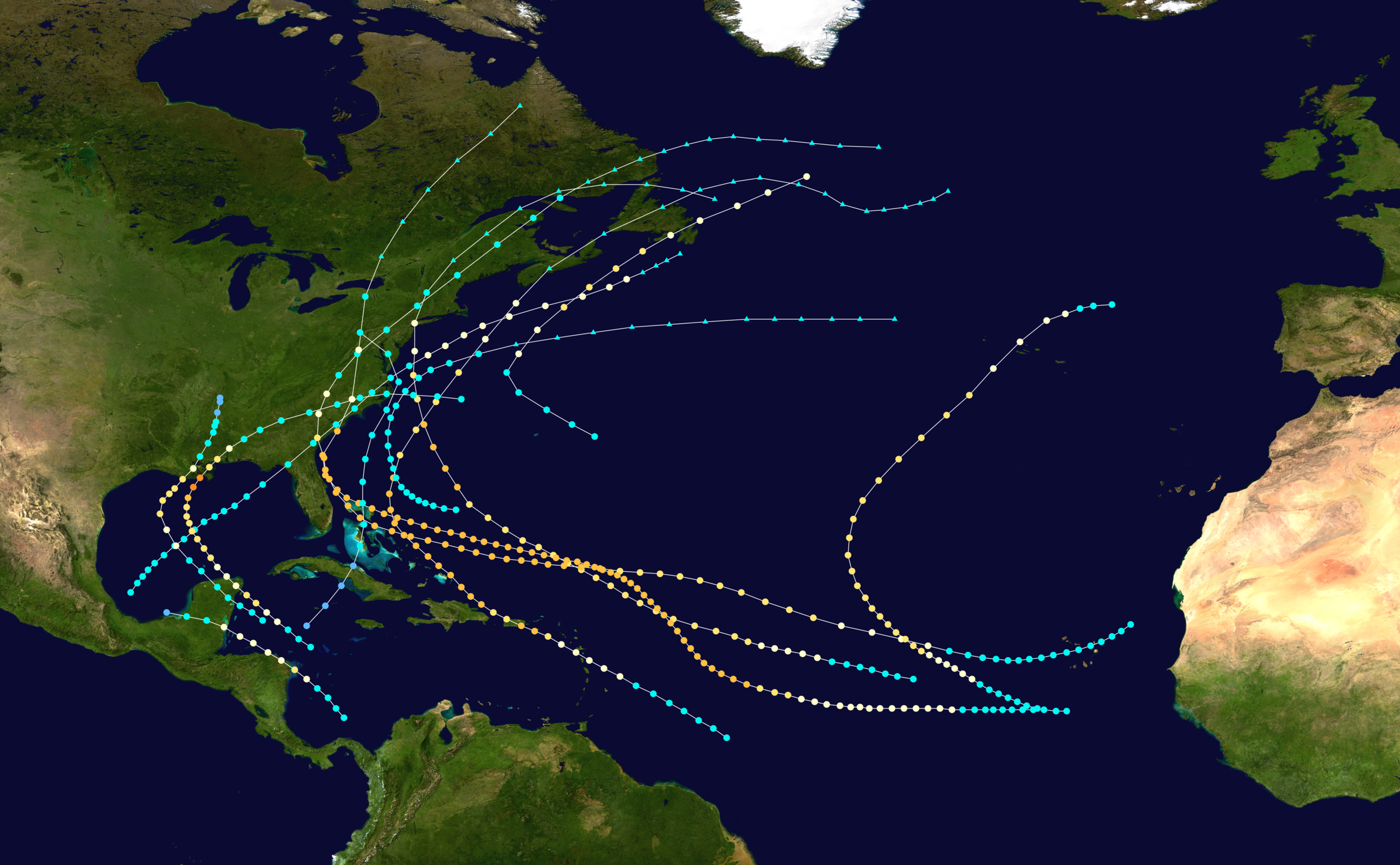 *"This map shows the tracks of all tropical cyclones in the 1893 Atlantic hurricane season. The points show the location of each storm at 6-hour intervals. The colour represents the storm's maximum sustained wind speeds as classified in the Saffir-Simpson Hurricane Scale (see below), and the shape of the data points represent the type of the storm." Courtesy of Wikipedia*
*"This map shows the tracks of all tropical cyclones in the 1893 Atlantic hurricane season. The points show the location of each storm at 6-hour intervals. The colour represents the storm's maximum sustained wind speeds as classified in the Saffir-Simpson Hurricane Scale (see below), and the shape of the data points represent the type of the storm." Courtesy of Wikipedia*

